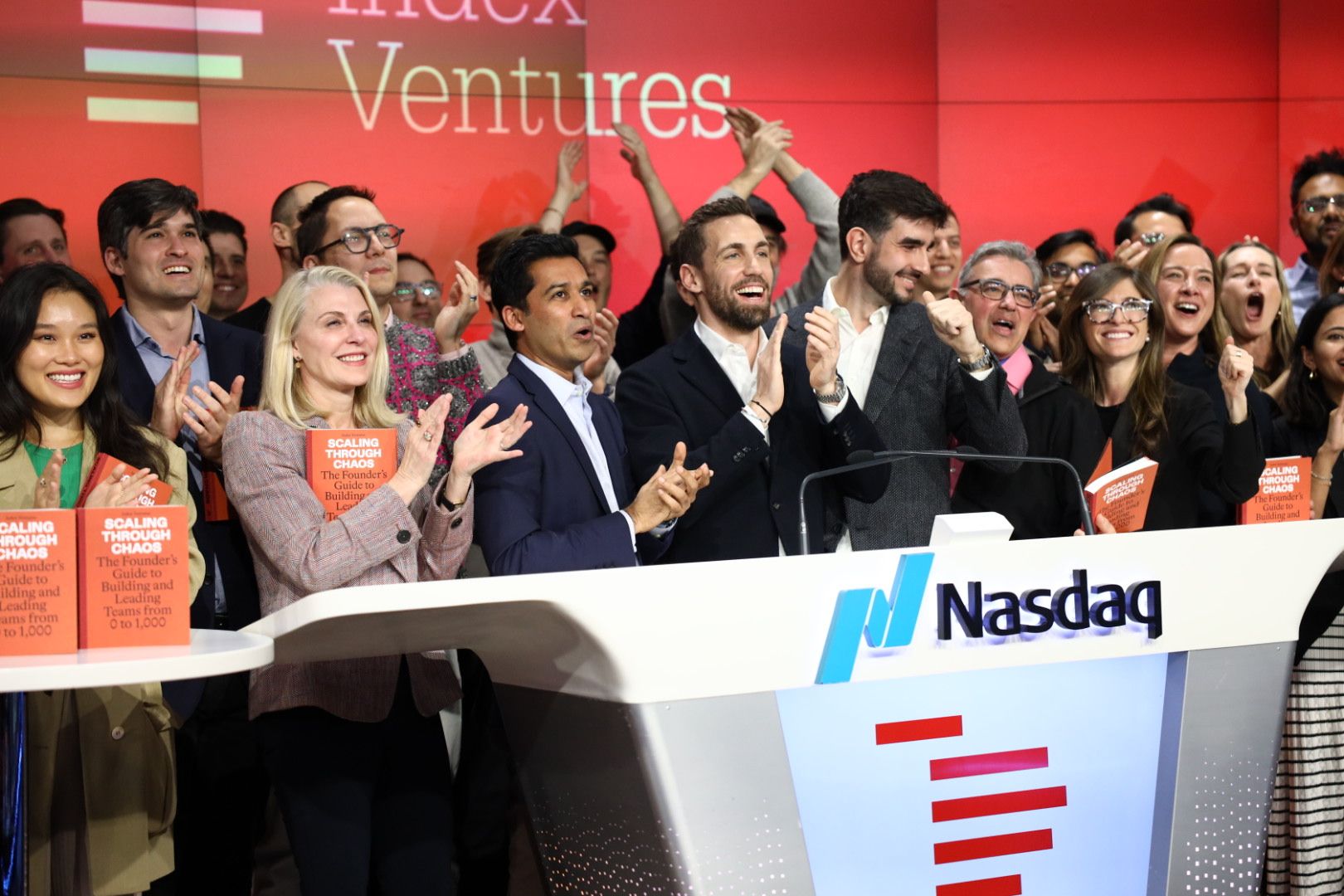Every Software Application Will Incorporate AI

Artificial Intelligence has captured our interest and fascination at Index Ventures for many years now. With investments in companies like Scale, Aurora, Covariant, Cohere, Arthur.ai, Lightning, DeepScribe, Gong and many others, we’ve been firm believers and advocates of the incredible potential of this technology.
As we head into 2023, we continue to look at AI as one of our most important investment areas. Our talented data and infrastructure team got together to collectively identify the major trends in AI and distill our insights into four key pieces. We’ll be releasing them once a day for the rest of the week in hopes that the series will be useful to other operators, entrepreneurs, and investors in the space.
Every software application will incorporate AI.
And AI-native apps will generally win over AI-retrofit.
Over the past two decades, we’ve seen a proliferation of SaaS products that we use in every part of our daily work. This current generation of applications are built to support end-to-end workflows and collaboration across stakeholders. They are carefully constructed to handle many of the edge cases that users will encounter and often include an extensive set of integrations and plug-ins to cement themselves as the center of an ecosystem. Many are fundamentally a UI over a database that tracks the states of projects, documents, and operations. For these products, we’re gradually seeing AI inserted for specific tasks—whether that’s document processing, transcribing audio, or assisted coding.
At Index, we’ve partnered with teams who are focused on tackling AI challenges head-on, building best-in-class teams to solve highly repetitive tasks like driving and warehousing. In 2018, we invested in Aurora, an autonomous trucking company started by Chris Urmson (CTO of Waymo), Drew Bagnell (Autonomy Architect at Uber), and Sterling Anderson (Director of Autopilot at Tesla). We believed that their deep domain expertise and focus on software and simulation would give them the fastest iteration speed and most generalized solution, making it possible to apply their driving stack to both trucks and passenger vehicles during go to market.
In 2020, we invested in Covariant, which builds an AI brain for robotics, with a commercial focus on industrial warehousing and fulfilment. The company was founded by Pieter Abbeel and Peter Chen, two industry leaders in AI for robotics. Covariant’s focus on building a general AI robot brain is paying dividends now that they are able to accommodate specific customer hardware requests with minimal training of the AI. We have historically backed AI-first software that can be localized to diverse environments.
The latest developments in generative models (e.g. ChatGPT and Stable Diffusion) have kicked us into an AI hyperdrive that’s capturing the world’s imagination. And as we look towards the next generation of SaaS apps, we see AI playing an increasingly large role. We’re especially excited about the following:
First – products that leverage AI to enable brainstorming, storytelling, and open-ended creative workflows. We are already seeing this in the world of concept art and copy writing. These are great use cases since the stakes are low, the processes are highly manual today, and humans are in the loop.
Second – AI applied to specialized knowledge-work like engineering, law, or medicine; in these cases, the human expert will still be in the loop to audit output. This is another example where processes are highly manual today so the ROI is easily measurable.
Third – embedding more AI tools into enterprise and prosumer workflows, exemplified by our 2020 investment in Hebbia, an AI-powered enterprise search platform for knowledge workers. These products will help users communicate more efficiently, absorb more information, search and act on data more quickly; they will boost general productivity. However, this is trickier than (1) and (2) since enterprises need guarantees and guardrails to make sure they offer a consistent user experience. As models become easier to control and understand, we will see founders build products that are more predictable and can be confidently adopted by the largest enterprises.
In all cases, we think the startup winners will build products that are intuitive to understand, that make model interfaces easy to learn without requiring knowledge of how they work, that cleanly integrate into the processes and work relationship fabric that exist today, and result in more precise and predictable output. These products will give users knobs to granularly control and harness the model in an ergonomic way, so it feels like a model molded to the user, not a user molding themselves to the model.
What makes us excited about the world of AI-native apps is that this presents an opportunity to design intuitive interfaces from scratch, with these guardrails in place. Looking at the next generation of products, they will learn from interacting with users, and users will have sophisticated tools for guiding the model output, making AI a multi-modal assistant for anytime we need to synthesize data, generate content, or solve repetitive tasks.
Additional perspectives in this series:
The adoption of AI will change the software value chain
Foundation Models will eventually be the basis of all AI-powered software
The adoption of machine learning will resemble the adoption of Databases
Published — Dec. 14, 2022

